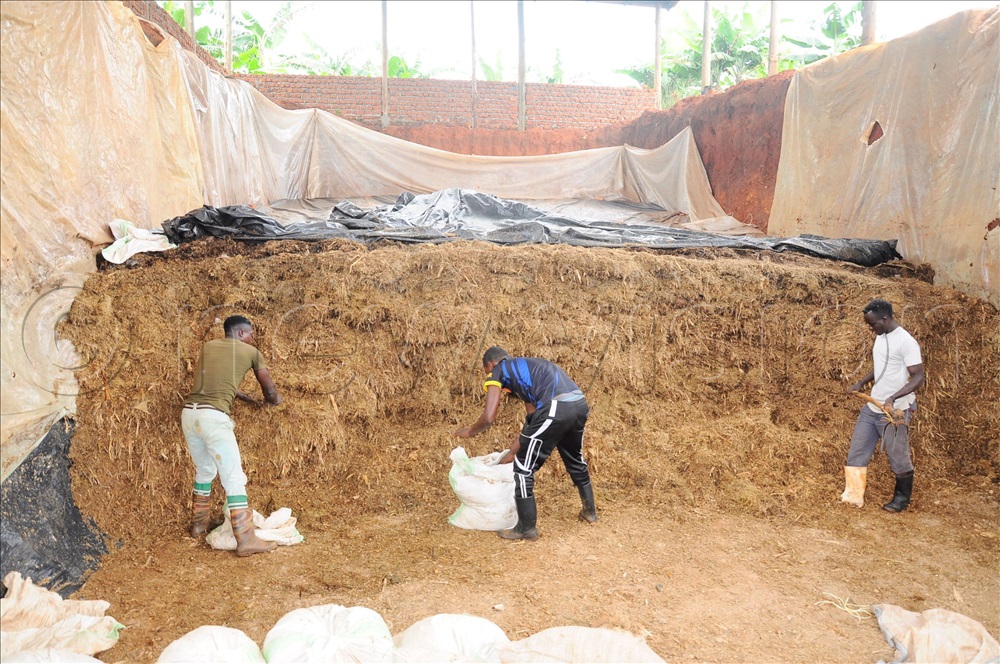Proper storage of hay and silage is critical for every farmer who wants to ensure their livestock has quality feed throughout the year.
While both hay and silage serve the same purpose, providing fodder during dry seasons or times of scarcity, the way they are preserved and stored differs greatly.
Ruta Ngambwa, the director of Prime Agro Farm in Zirwobe and a seasoned expert in silage making, says silage is all about fermenting green fodder in the absence of air.
“The most important thing is to prepare your silage well, store it properly, and protect it from oxygen and moisture. When done right, it can last for over a year,” he explains.
According to Ngambwa, the best crops for silage include maize, Napier grass, and sorghum. These are harvested at the right stage, usually when the crops are still green and rich in sugars.
“Chopping the forage into small pieces of about 1–2 inches is key because it helps in compressing the material and removing air,” he says.
He says commercial farmers should know mix it with molasses to boost fermentation and preserve nutrients.

The next step, according to Ngambwa, is compacting the chopped forage tightly into a silage pit or silo and sealing it well using plastic sheeting and soil.
“Exposure to air can spoil the whole batch. That’s why sealing is not negotiable,” he adds.
Peter Mubiru, a veterinary doctor says that the importance of hygiene and proper fermentation during silage preparation.
“Bad silage can result in animal health problems like bloating, poisoning, or poor milk production,” he warns.
“Farmers must ensure that the materials used are clean, the pit or container is not leaking, and the fermentation lasts for at least 21 days before feeding animals.”
“On the other hand, storing hay requires a different strategy. Kenneth Kabagambe, a dairy farmer from Kyenjojo district, says Hay is sun-dried forage, and it is cheaper to prepare compared to silage, but it’s more delicate to store,” he says.
Kabagambe advises that hay must be completely dry before baling or stacking.
“Any moisture left inside can cause mould, which is dangerous to cattle.”
To store hay, Kabagambe uses raised wooden pallets in a well-ventilated shed.
“I never place hay directly on the ground. That would attract moisture and termites,” he explains.
He also covers the bales with a waterproof tarp to protect them from rain. “Even in a store, you must check regularly for signs of dampness or pests.”
Both Mubiru and Ngambwa agree that whether a farmer chooses hay or silage, the most important investment is knowledge. Poorly stored fodder can lead to major losses. But when stored correctly, hay and silage can offer a reliable and nutritious feed source that keeps animals healthy, increases milk production, and boosts farm profits.





